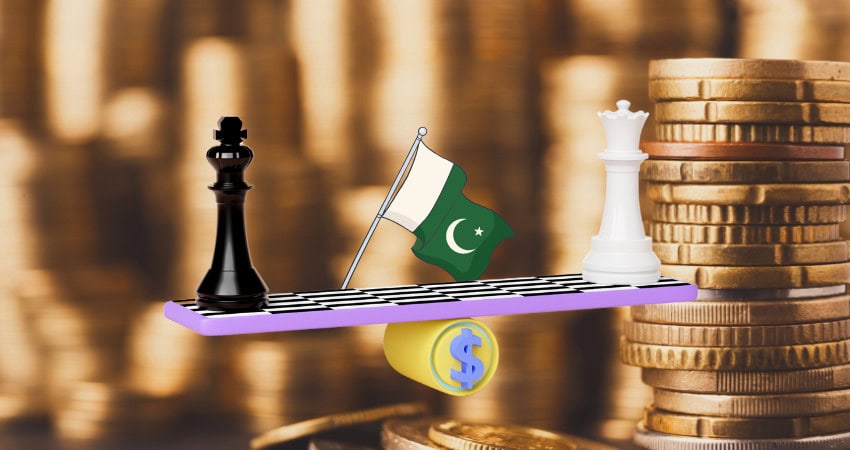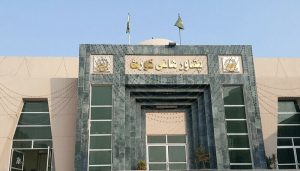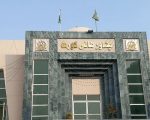ISLAMABAD – Pakistani government managed to go ahead with fiscal consolidation despite challenges, with debt servicing taking up over half of total expenditures amid structural reforms and due to broadening tax base for long-term fiscal stability.
The government successfully curtailed Pakistan’s fiscal deficit to Rs7,090 billion, equivalent to 5.4% of GDP, during 2023–24 FY, driven by tighter fiscal management and compliance with key International Monetary Fund (IMF) conditions.
Latest data released by the Finance Ministry shows total revenue reached Rs9,946 billion, while expenditures soared to Rs17,036 billion.
The largest expenditure was interest payments, Rs8,847 billion, showing the heavy burden of both domestic and foreign loans. Defense spending followed at Rs2,193 billion. Federal development spending stood at Rs1,049 billion, marking a substantial 43% increase compared to the previous fiscal year. Subsidies accounted for Rs1,297 billion, while pensions and civil government operations cost Rs910 billion and Rs891 billion, respectively.
A key fiscal achievement was the primary surplus, which excludes interest payments, totaling over Rs2.7 trillion, surpassing the IMF’s target of Rs2.4 trillion.
Although government revenue improved, the Federal Board of Revenue (FBR) missed its collection target. The FBR gathered Rs11,744 billion, falling short of the Rs12,970 billion target by Rs1,226 billion. The much-anticipated Trader-Friendly Tax Scheme underperformed, bringing in just Rs50 billion.
All four provinces reported fiscal surpluses, contributing a combined Rs921 billion, below the target of Rs1,200 billion. Punjab led the provinces with a Rs348 billion surplus, followed by Sindh (Rs283 billion), KP (Rs176 billion), and Balochistan (Rs114 billion).














